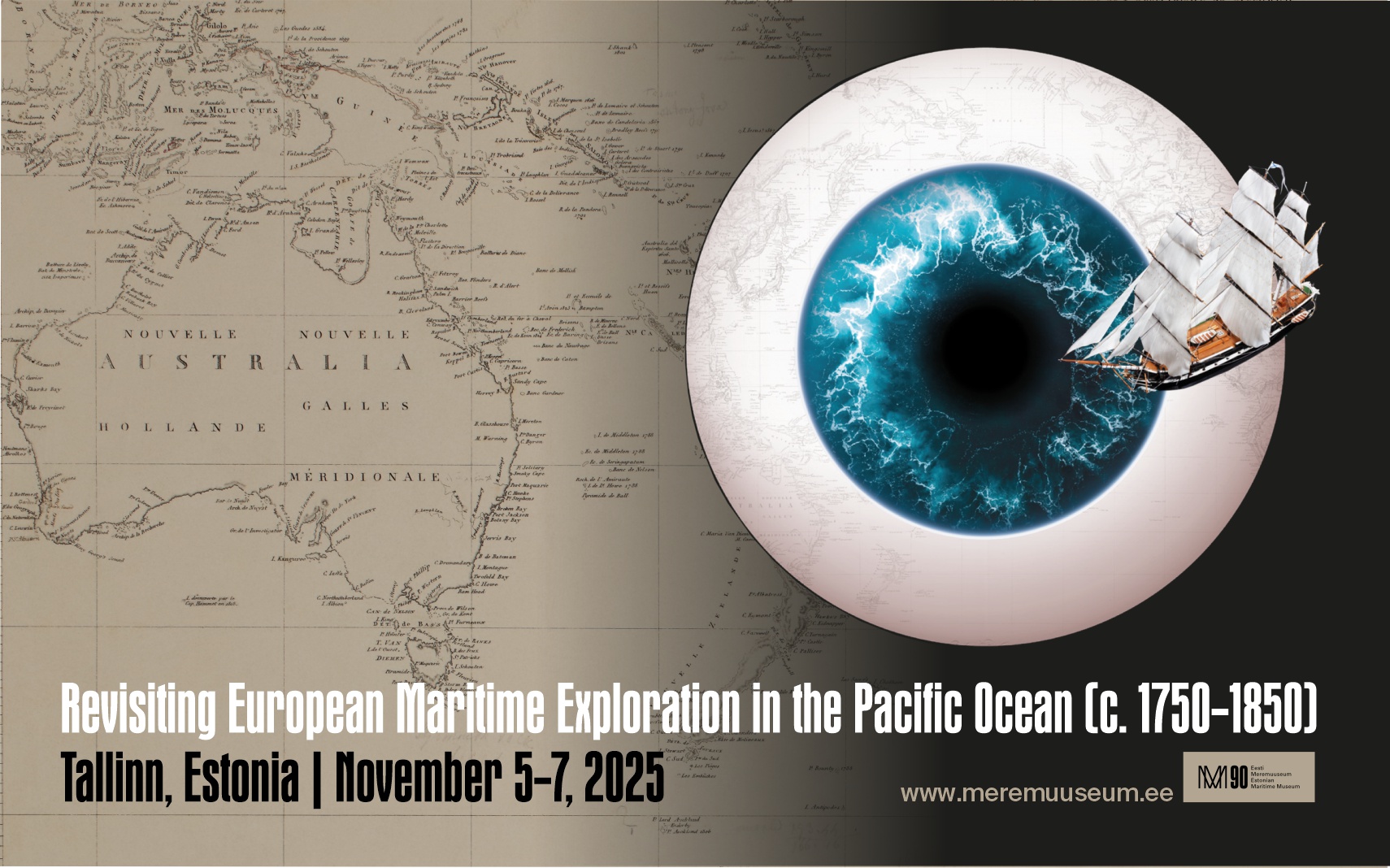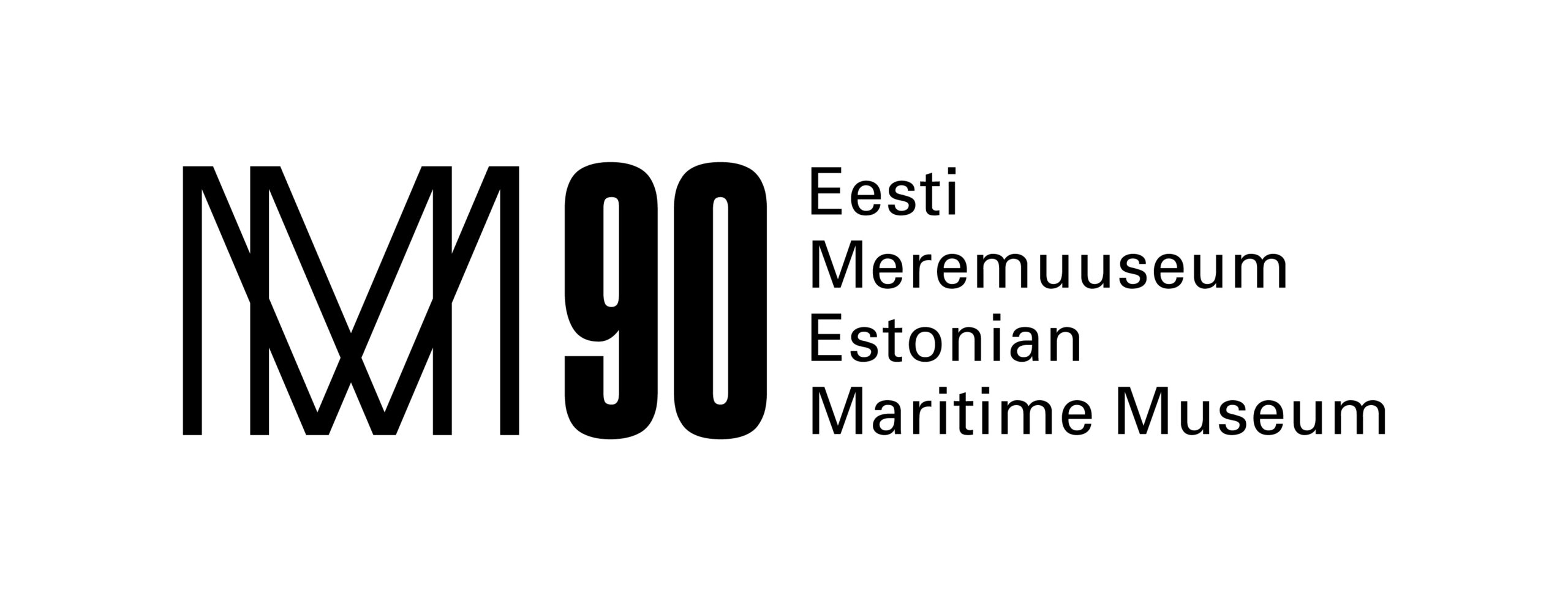Tallinn, Estonia | November 5–7, 2025
The international conference “Revisiting European Maritime Exploration in the Pacific Ocean (c.1750 – 1850)” represents a continuation of the Estonian Maritime Museum’s recent scholarly initiatives, which have brought renewed attention to the contributions of Baltic German explorers and navigators.
The November conference aims to foster international academic discourse on themes associated with European exploration voyages to the Pacific Ocean during the period c.1750 – 1850. This era witnessed major European maritime powers dispatching numerous expeditions to the Pacific, whose scientific achievements were subsequently published in the form of travel narratives, atlases, cartographic works, and scholarly articles. This period also saw the resolution of several significant geographical questions, including the comprehensive mapping of Australia and New Zealand, the discovery of Antarctica, and the systematic charting of the central Pacific Ocean.
This important chapter in maritime history produced legendary names such as British explorers James Cook, George Vancouver, Matthew Flinders, and Frederick William Beechey; French navigators Louis Antoine de Bougainville, Jean-François de La Pérouse, Nicolas Baudin, Louis Isidore Duperrey, and Jules Dumont d’Urville; and Spanish explorer Alejandro Malaspina. Among the distinguished explorers of this period were also the Estonian-born Baltic German navigators: Adam Johann von Krusenstern, Otto von Kotzebue, Fabian Gottlieb von Bellingshausen, Ferdinand von Wrangell, and Friedrich Benjamin von Lütke.
While Baltic German explorers secured a prominent position within European maritime exploration circles, Adam Johann von Krusenstern served as a unifying figure among all the aforementioned navigators. Between 1824 – 1827, Krusenstern published his Pacific Ocean atlas, which synthesized the cumulative work of the era. Through his analysis of historical and contemporary materials and extensive correspondence with distinguished European navigators and scholars, von Krusenstern compiled a cartographic collection that was among the first of its kind and notably one of the most accurate. His work gained international recognition and utilization, with Estonian-born Baltic Germans making substantial contributions to this achievement. Of particular note is the fascinating fact that Krusenstern compiled this atlas at Kiltsi Manor in Estonia.
Conference Focus Areas
- Pacific Ocean exploration from the mid-18th century
- Developments in navigation, geographical sciences, and cartography
- Economic and geopolitical motivations behind maritime discoveries
- Networks among European navigators and scholars
- Maritime science and knowledge dissemination
- Practical aspects of expeditions: vessels, crews, and equipment
- Decolonization and the contemporary role of museums
- Significance of expedition-collected artifacts in museum collections
This gathering will unite scholars from around the world who specialize in these focus areas, providing a platform for deepening international professional collaboration.
The conference will be conducted in English.
Please register here by 27 October 2025.
Additional information:
The conference forms part of the Estonian Maritime Museum’s 90th anniversary program and complements the exhibition “Famous Sea Voyages: The Expansion of European Worldview” at the Seaplane Harbour.
The exhibition is open until January 11, 2026.
Contact:
conference@meremuuseum.ee
The conference is supported by the Cultural Endowment of Estonia

